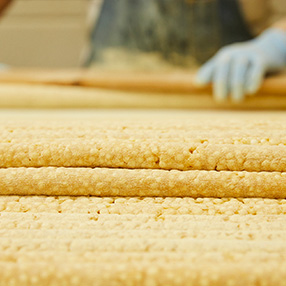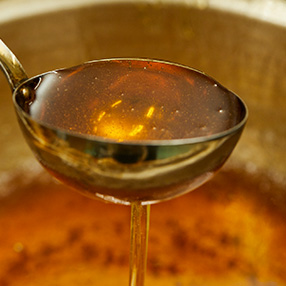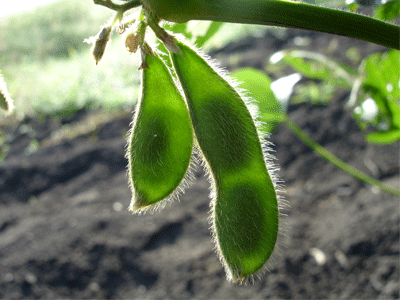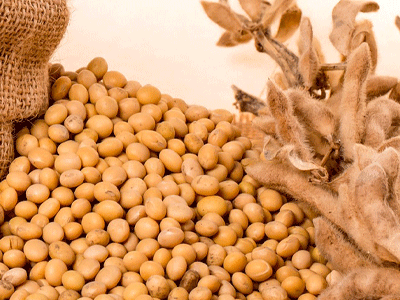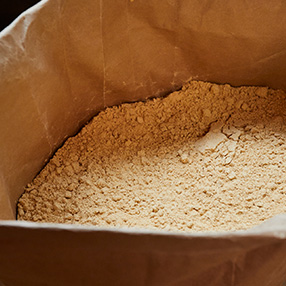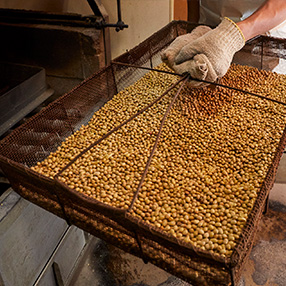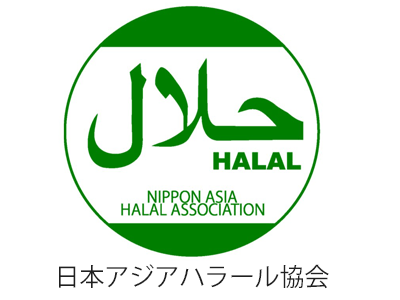Gokaho sweets are very old, and were already sold under the name of “Gokabo” during the Bunsei era (1818-1829) of the Edo period.
Saitama is said to be one of Saitama’s three major sweets, and it is said that the Gokabo such as high-quality soybeans, rice, and barley are harvested in the post town of Kumagaya and Nakasendo, and have been produced and raised.
Watato, which was founded in Nihonbashi, had Kumagaya’s Gokabo craftsmen come and teach them the techniques of making the Gokabo.
In the past, there were 24 Gokabo manufacturers in Tokyo, but the number has continued to decrease with the times, and Watato is one of the few remaining Gokabo manufacturers.
Traditional sweets have become scarce over time, but old-fashioned sweets are made simply and without unnecessary ingredients.
Inheriting the wisdom and affection of our predecessors who pursued the deliciousness of the ingredients, we continue to make Kinako sweets such as Gokaho.

